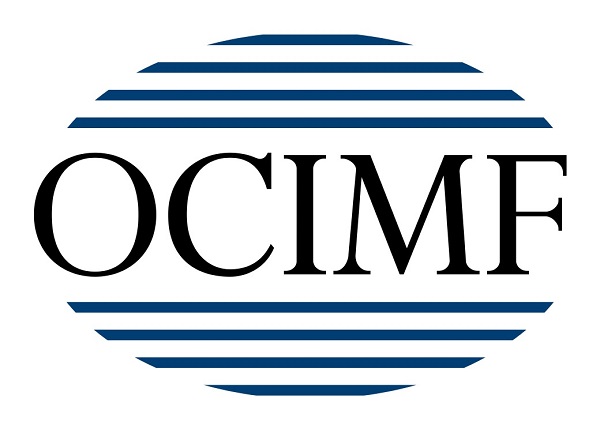A complete bridge system overhaul using technology from Simrad is enhancing the ground-breaking conservation work done by the Auckland Whale & Dolphin Safari. Fathom Maritime Intelligence caught up with Auckland Whale and Dolphin Safari (AWADS) skipper Andy Light to ascertain what this equipment means to their marine conservation efforts.
Since late 2015, Andy Light has been the beneficiary of new technology from marine electronics specialist Simrad that he believes take his work to another level onboard Dolphin Explorer, a catamaran used for “New Zealand’s only research-based marine mammal experience”.
The Dolphin Explorer has undergone a complete bridge refit, including major instrumentation and system upgrades. The most visible changes come in the shape of a new VHF antenna and three new widescreen, multi-touch, high definition Simrad monitors.
Light singles out Simrad’s latest NSO evo2 Multi-function Echosounder with built-in CHIRP and the completely new Simrad Halo™ Radar as the features yielding a “major step up” in conservation efforts.
“The echosounder technology is helping us to create an improved sonar log and therefore to get a better understanding of the seafloor,” says Light. “The detail is good enough for the echosounder to act as a hydrographic instrument, giving us a deeper insight of reasons behind the movement of animals.”
Greater accuracy is also having an impact day-to-day, he explains. Towards evening, a scattering layer of the zoo plankton on which whales feed rises in the water to graze on the phytoplankton that has been photosynthesising at the surface during the day. CHIRP, the sweep signal technology used by the NSO evo2, can identify the contours associated with such events. Light says the new transducers onboard Dolphin Explorer are delivering “brilliant” pictures that make the predictive process“far easier now”.
However, he saves his most extensive comments for Simrad Halo – the solid state pulse compression radar solution that supplier Simrad believes will revolutionise light commercial marine and workboat operations. In fact, Dolphin Explorer has acted as the beta tester for Simrad Halo, which has been developed to combine the best characteristics of traditional pulse and Broadband 4G™ Radar systems.
The unit uses pulse compression technology to deliver an unprecedented mix of close and long-range detection, precise target definition, and low clutter. Solid-state technology means minimal warm-up time and maximum ocean-going reliability, while compliance with upcoming Low Emission standards makes Halo Radar safe to run in anchorages and marinas.
Even when used in a 4 array configuration, as was the case during commissioning, the Simrad Halo made a significant impact, Light says. Now that the unit is operating in 6-array, “the performance is even better”.
“We track the mammals and their migration routes. Marine mammals are the first to leave if pollution occurs and so they are critical ‘eco-indicators’. The data that we gather also provides evidence of the real impact that increasing ship traffic has on the marine environment. New technology supports us in terms of operational efficiency, but its deployment is also vital to track our activities for downloading by university researchers.”

































